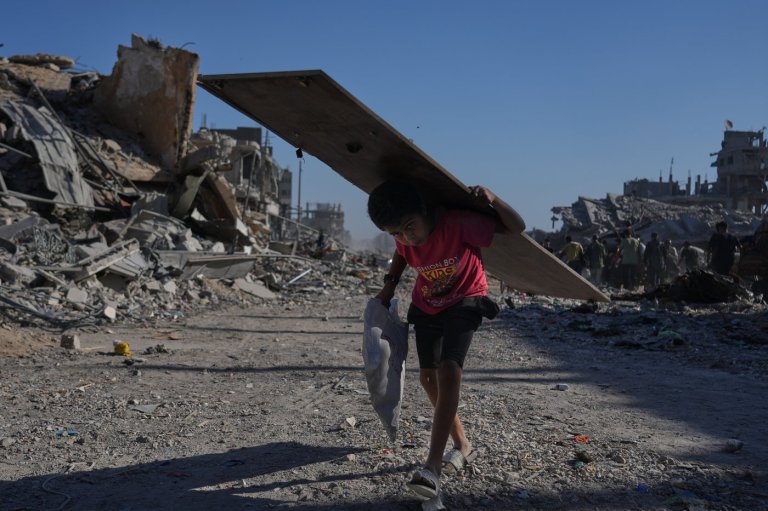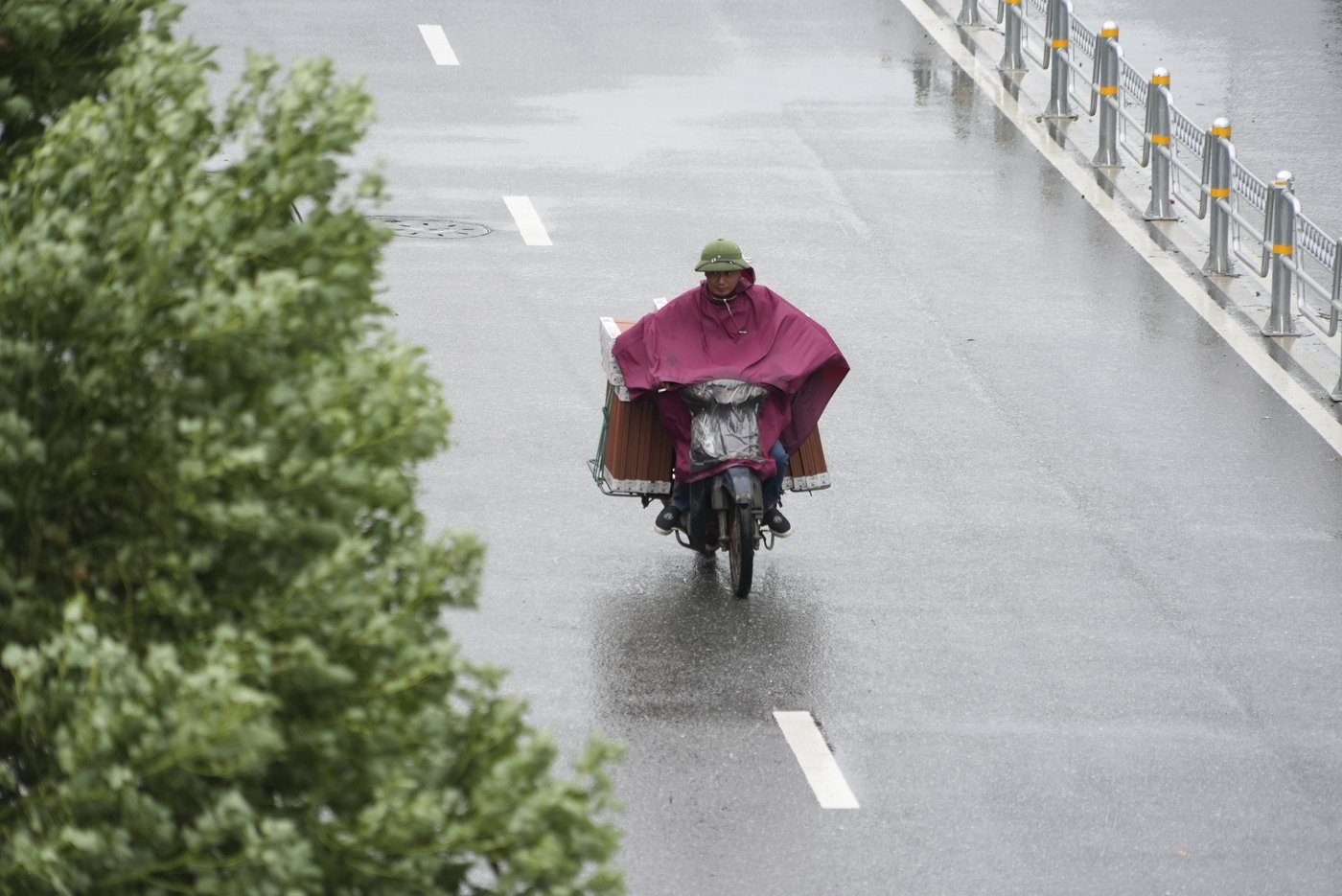
Storm Wipha hits northern Vietnam with strong winds and heavy rain
HANOI, Vietnam (AP) — Tropical Storm Wipha made landfall in northern Vietnam on Tuesday, bringing strong winds and heavy rain to parts of the country’s north and central regions.
The storm came ashore at 10 a.m. with sustained winds of 64–102 kilometers per hour (40–63 mph), and gusts up to 138 kph (86 mph), according to local weather officials. After landfall, it began moving southwest.
Wipha was classified as a typhoon on Monday while over open water, but weakened overnight and was downgraded to a tropical storm before reaching land.
The storm knocked out power in parts of Hung Yen Province, east of Hanoi. Residents rushed to gas stations to buy fuel for generators, state media reported.
The streets of capital city, Hanoi, were nearly empty as the storm moved inland. Most businesses were closed and the city government has advised residents to stay home and evacuate buildings that are unstable or in flood-prone areas.
“If the storm is serious, people shouldn’t go out anyway because it would be dangerous on the road and there is also a chance of flooding,” said Minh Doan, a taxi driver in Hanoi.
Flights were canceled across northern Vietnam, and airports in the port city of Hai Phong and Quang Ninh province were closed.
Nearly 150,000 hectares (370,000 acres) of aquaculture farms and more than 20,000 floating fish cages are at risk from flooding and strong winds, according to state media.
Vietnam has warned of flooding as heavy rain from Storm Wipha moves inland.
In the Philippines, more than 80,000 people remain in emergency shelters after floods, landslides and tidal surges over the weekend.
Most government offices and schools in the capital and 10 provinces were shut Tuesday due to widespread flooding from heavy monsoon rains, and droops evacuated residents from villages swamped by knee- to waist-deep water while the coast guard deployed buses and boats to assist stranded commuters. At least three people have died.
Global warming is making storms like Wipha stronger and wetter, said Benjamin P. Horton, dean of the School of Energy and Environment at City University of Hong Kong. Warmer oceans give tropical storms more fuel, leading to more intense winds, heavier rain and shifting rainfall patterns across East Asia. “Rising sea surface temperatures, fueled by climate change, can intensify these storms,” he said.
___
Hau Dinh in Hanoi, Vietnam and Jim Gomez in Manila, Philippines, contributed to this report.
___
Associated Press climate and environmental coverage receive support from several private foundations. See more about AP’s climate initiative here. The AP is solely responsible for all content.
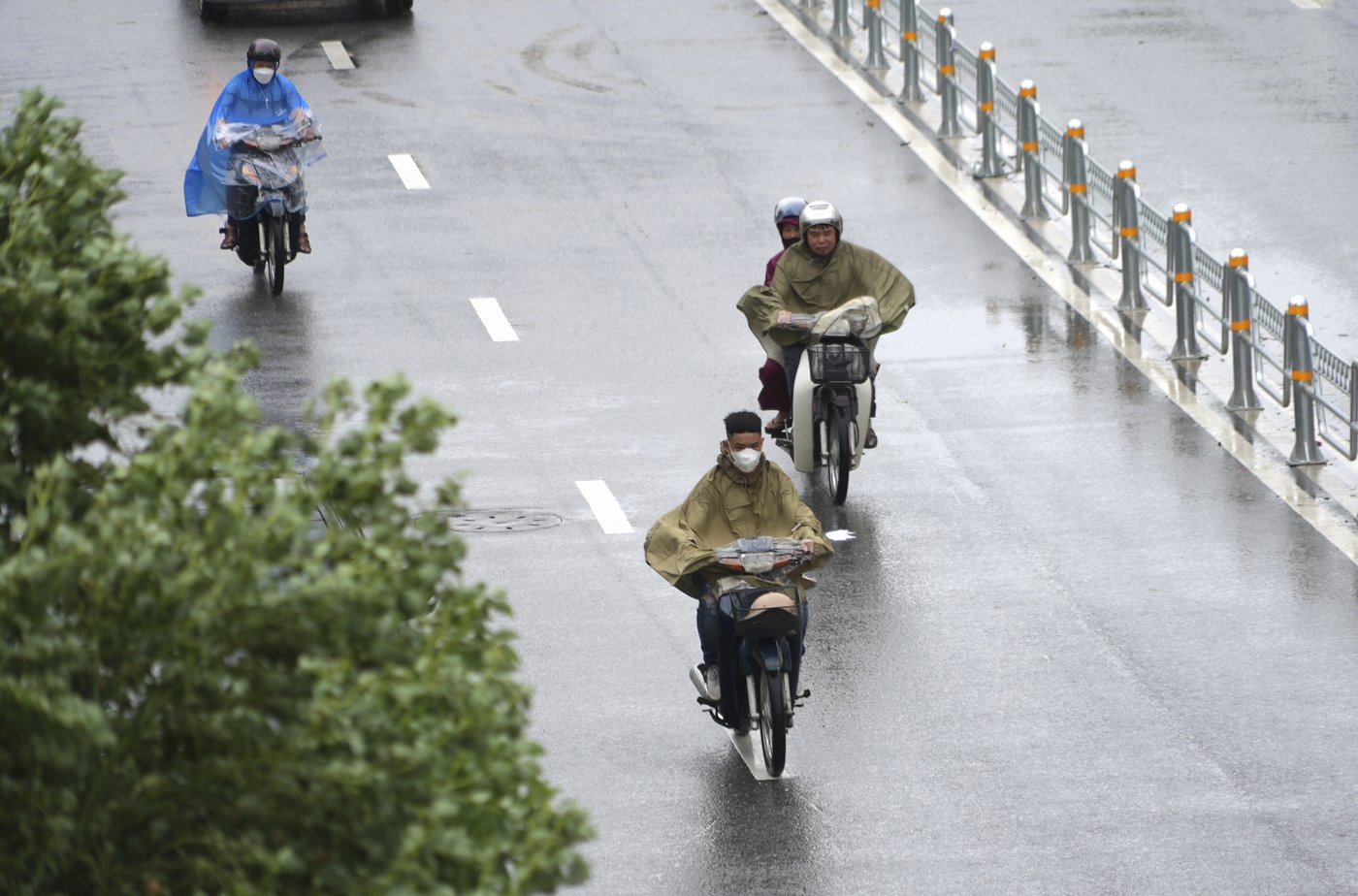
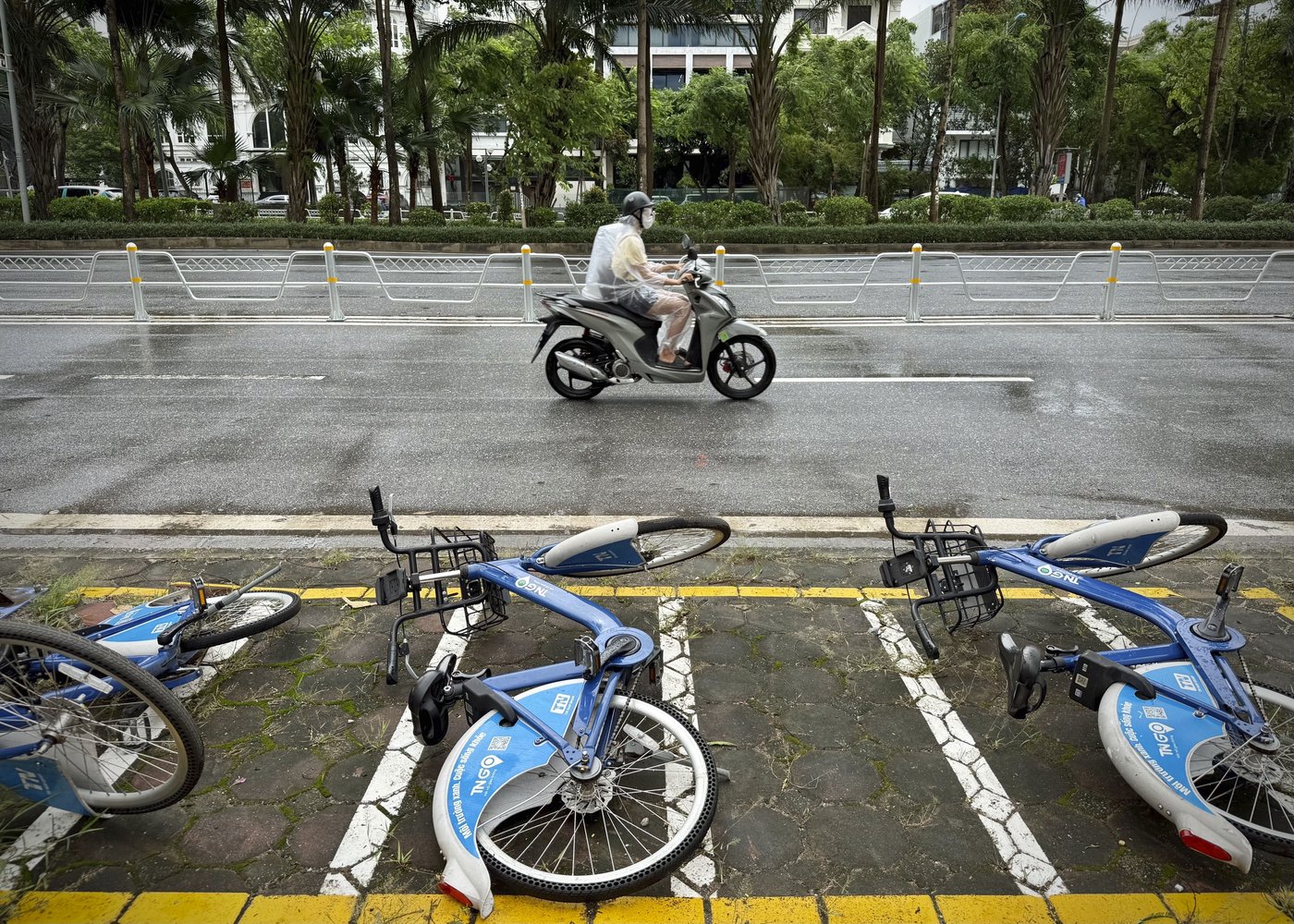
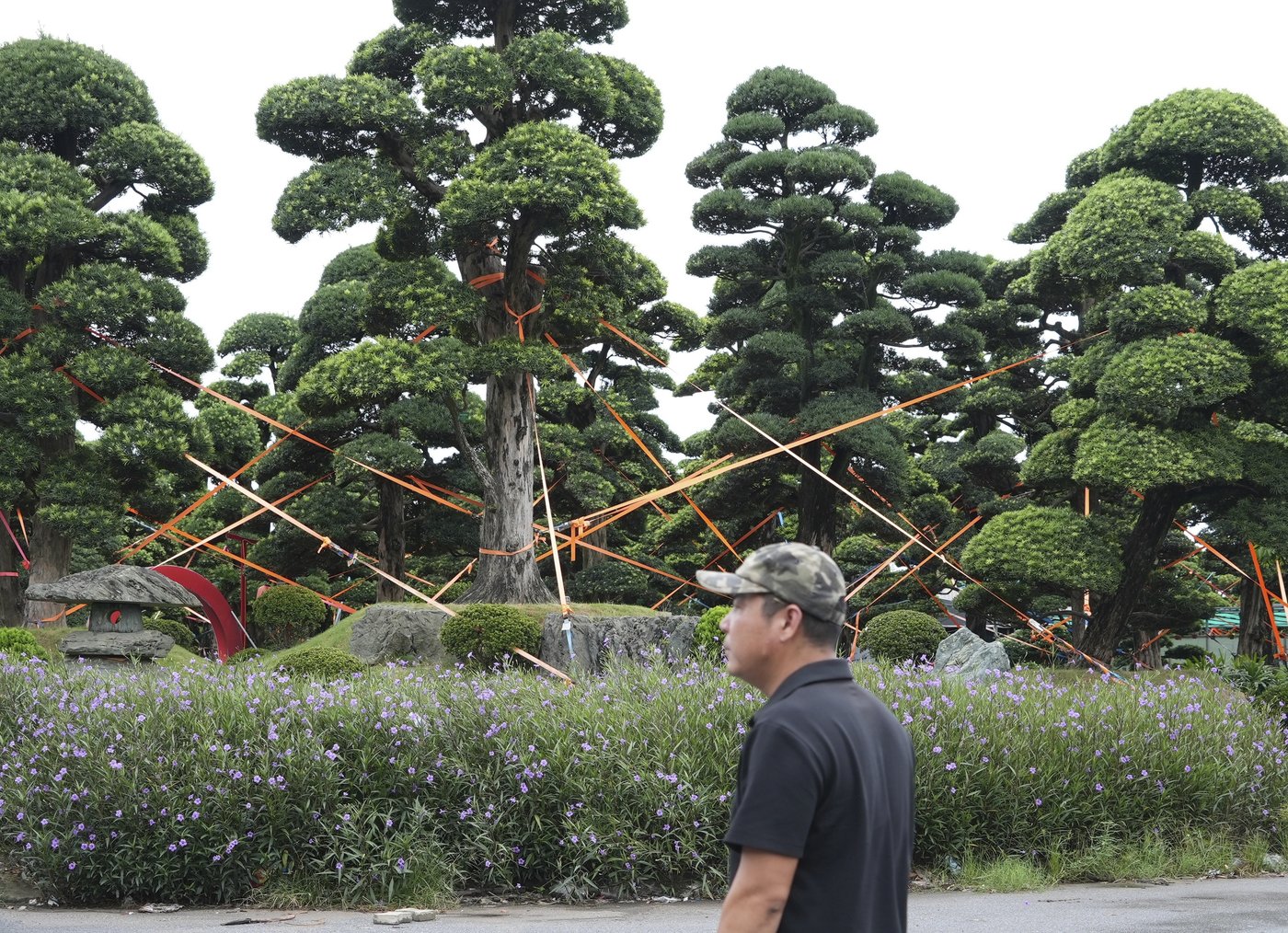
Join the Conversation!
Want to share your thoughts, add context, or connect with others in your community?
You must be logged in to post a comment.














